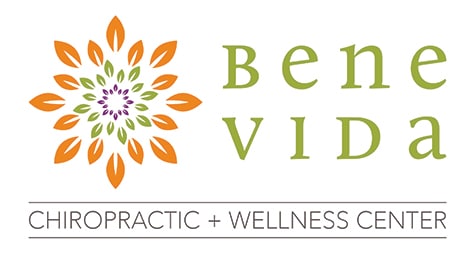Deep tissue massage is a technique that is mainly used to treat issues such as strains and sports injuries.
It involves applying continuous pressure using slow, deep strokes to target the interior layers of your muscles and connective tissues.
This technique aids in breaking up scar tissue that forms after an injury and reduces strain in muscle and tissue making it a perfect type of massage therapy for athletes.
Where Did Deep Tissue Massage Originate?
Deep tissue massage has been around for quite some time.
Many believe it started with the ancient Egyptians but in modern times it was used in 19th century Canada and was used by physicians to treat things such as whiplash.
It was introduced to the United States in the late 1800s and has been used ever since.
What Are the Benefits of Deep Tissue Massage?
Deep tissue massage is generally used for therapy and rehabilitation.
Some of the benefits of this type of treatment are lower blood pressure, back pain relief, increase joint mobility, releases toxins from body and stress relief.
It can also aid in faster healing by promoting blood flow and reduced inflammation.
Who Could Benefit from This Type of Massage?
Many people can benefit from deep tissue massage. However, if you suffer from a sports injury or chronic pain, you might be an ideal candidate.
Some chronic medical issues include:
- Fibromyalgia
- Osteoarthritis
- Upper back pain
- Sciatica
- Tennis elbow
- Neck pain
Related: What Is a Swedish Massage
Related: What Is Orthopedic Massage
What Are the Techniques?
At the start of a deep tissue massage, light pressure is generally applied to warm up and prepare the muscles.
Specific massage techniques are then applied, such as:
- Cross Fiber-Friction – No lotions or oils are used during this technique, creating friction is essential to treatment. Applying pressure across the grain of a muscle to release adhesions and heal tissue fibers may be uncomfortable at first but will diminish over time.
- ART or active release treatment – It is a combination of assessment and treatment. A therapist will use his or her hands to assess the patients’ muscles, tendons, ligaments, and nerves to form a plan for treatment.
- E.T or Muscle Energy Technique – A type of stretching most commonly used by sports and physical therapists. It stretches muscles that are prone to shortening, relaxes cramping muscles and strengthens muscles.
- Trigger Point Therapy – Eases pain while using a series of isolated pressure and release. During this technique, the patient is actively involved through deep breathing.
During the massage, therapists will use fingertips, knuckles, hands, elbows, and forearms to aide them. You might be asked to breathe deeply which promotes relaxation and decreases stress.
What You Should Do Before and After the Deep Tissue Massage?
Prior to your massage make sure you are relaxed, this helps the massage to be most effective.
You can try arriving a few minutes early to get settled, take a hot shower beforehand to relax muscles and make sure to wear loose clothing.
Also, gather all pertinent health information for your therapist. If you have blood clots or are at risk of forming one, it is good to consult a doctor first.
After your massage you may feel some stiffness and soreness, this is completely normal and should subside after a day or two. If it doesn’t or you have any other problem, make sure to contact your massage therapist.
Make sure to drink plenty of water after a massage to flush your body of any toxins released from your body during the massage. Take a light snack with you for after.
A massage will speed up circulatory systems and this includes the digestive system.

